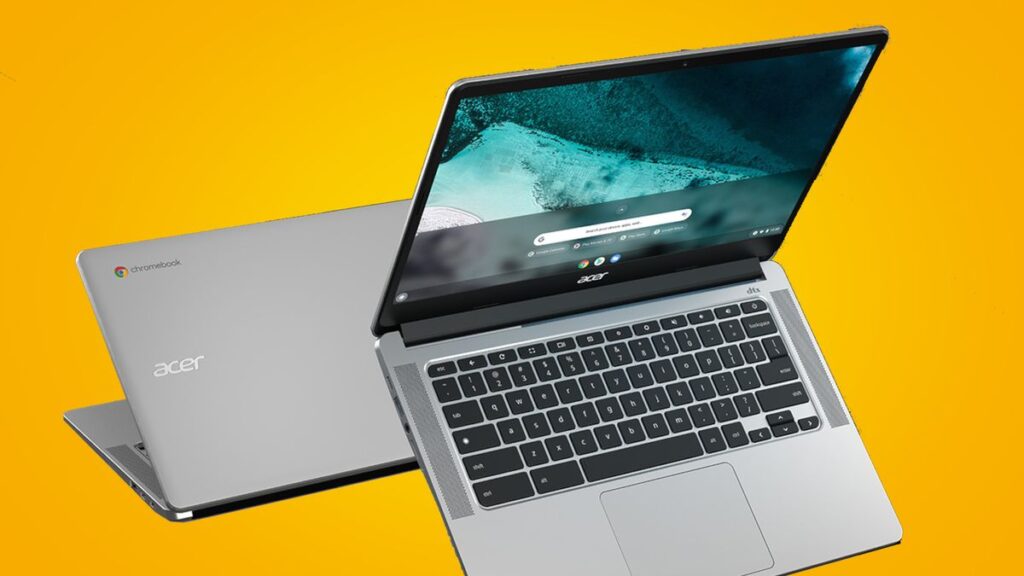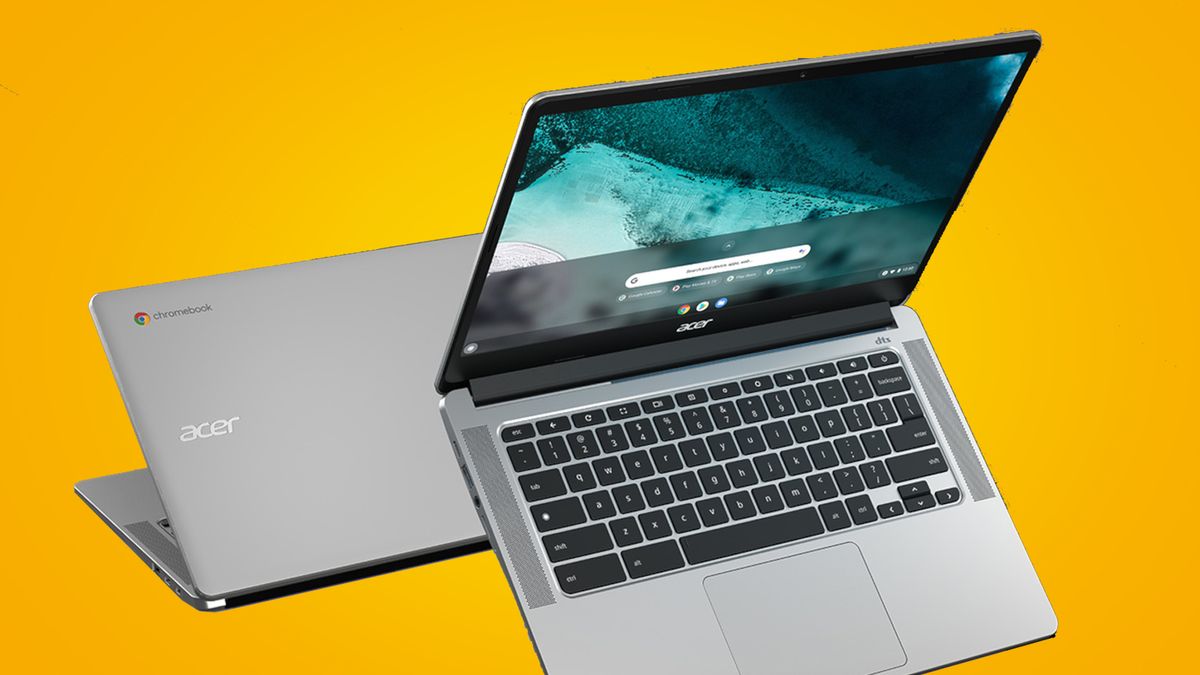
How to Run Stockfish on a Chromebook: A Comprehensive Guide
For chess enthusiasts, having a powerful engine like Stockfish at your fingertips is a game-changer. While traditionally associated with desktop computers, running Stockfish on a Chromebook is entirely possible, offering a portable and accessible way to analyze games, practice tactics, and improve your overall chess skills. This guide will walk you through the process, exploring different methods and considerations for effectively utilizing Stockfish on a Chromebook.
Understanding Stockfish
Stockfish is a free and open-source chess engine consistently ranked among the strongest in the world. It’s known for its exceptional analytical capabilities, allowing users to evaluate positions, find optimal moves, and identify weaknesses in their gameplay. Its strength lies in its sophisticated algorithms and extensive search capabilities, making it an invaluable tool for both casual and serious chess players.
Why Run Stockfish on a Chromebook?
Chromebooks offer several advantages that make them suitable for running Stockfish:
- Portability: Chromebooks are lightweight and easy to carry, allowing you to analyze chess games on the go.
- Affordability: Chromebooks are generally more affordable than traditional laptops, making them an accessible option for chess players on a budget.
- Battery Life: Chromebooks typically offer excellent battery life, allowing for extended analysis sessions without needing to be plugged in.
- Simplicity: Chrome OS is a streamlined operating system, making it easy to focus on chess analysis without distractions.
Methods for Running Stockfish on a Chromebook
There are several ways to run Stockfish on a Chromebook, each with its own advantages and disadvantages:
Using Online Chess Platforms with Stockfish Integration
Many popular online chess platforms, such as Lichess and Chess.com, offer built-in Stockfish analysis tools. This is often the easiest and most convenient method, as it requires no installation or configuration. Simply upload your game or position to the platform, and the engine will analyze it in real-time.
Pros:
- Easy to use and set up.
- No installation required.
- Access to a wide range of features and analysis tools.
Cons:
- May require a premium subscription for full access to Stockfish features.
- Performance may be limited by the platform’s servers.
Installing a Chess GUI with Stockfish via Linux (Crostini)
Chromebooks with Linux (Beta), also known as Crostini, allow you to install Linux applications, including chess GUIs (Graphical User Interfaces) that can run Stockfish. This method provides more control over the engine’s settings and performance.
- Enable Linux (Beta): Go to Settings > Linux (Beta) and turn it on. Follow the on-screen instructions to set up your Linux environment.
- Install a Chess GUI: Open the Terminal app and use the following commands to install a chess GUI such as Arena or Scid vs. PC:
sudo apt update sudo apt install scidOr for Arena:
sudo apt update sudo apt install arena - Download Stockfish: Download the Stockfish engine executable for Linux from the official Stockfish website or a trusted source.
- Configure the Chess GUI: In your chosen chess GUI, configure it to use the Stockfish executable as the analysis engine. This typically involves specifying the path to the Stockfish executable in the GUI’s settings.
Pros:
- More control over Stockfish settings and performance.
- Ability to use a wider range of chess GUIs.
- Offline analysis capabilities.
Cons:
- More complex setup process.
- Requires enabling Linux (Beta) on your Chromebook.
- May require some familiarity with Linux commands.
Using an Android Chess App with Stockfish Integration
Many Android chess apps, available through the Google Play Store, incorporate Stockfish as an analysis engine. This is a straightforward option for users who prefer a mobile-friendly interface.
- Install a Chess App: Search for chess apps in the Google Play Store that offer Stockfish integration. Popular options include Chess PGN Master and Analyze This.
- Import Games or Positions: Import your chess games or set up positions within the app.
- Analyze with Stockfish: Use the app’s analysis features to analyze the position with Stockfish.
Pros:
- Easy to install and use.
- Mobile-friendly interface.
- Convenient for analyzing games on the go.
Cons:
- Performance may be limited by the app’s implementation of Stockfish.
- Features may be limited compared to desktop chess GUIs.
Optimizing Stockfish Performance on a Chromebook
To get the best performance from Stockfish on your Chromebook, consider the following tips:
- Allocate Sufficient Memory: When running Stockfish via Linux, ensure that the Linux container has sufficient memory allocated to it. You can adjust the memory allocation in the Chrome OS settings.
- Adjust Threads: Configure Stockfish to use the appropriate number of threads based on your Chromebook’s processor. Experiment with different thread settings to find the optimal balance between speed and stability.
- Use a Strong Opening Book: Using a strong opening book can significantly improve Stockfish’s analysis speed, especially in the opening phase of the game.
- Close Unnecessary Applications: Close any unnecessary applications running in the background to free up system resources for Stockfish.
- Keep Your Chromebook Updated: Ensure that your Chromebook is running the latest version of Chrome OS to benefit from performance improvements and bug fixes.
Troubleshooting Common Issues
Here are some common issues you might encounter when running Stockfish on a Chromebook and how to troubleshoot them:
- Slow Analysis: If Stockfish is analyzing slowly, try allocating more memory to the Linux container, adjusting the number of threads, or closing unnecessary applications.
- Engine Not Found: If the chess GUI cannot find the Stockfish executable, ensure that the path to the executable is correctly specified in the GUI’s settings.
- Crashes or Instability: If Stockfish is crashing or causing instability, try reducing the number of threads or updating to the latest version of Stockfish.
Alternative Chess Engines
While Stockfish is a top choice, consider other chess engines like Leela Chess Zero or Komodo if you seek different analytical perspectives or have specific hardware requirements. Each engine has unique strengths, so exploring alternatives can enhance your chess analysis experience.
Conclusion
Running Stockfish on a Chromebook is a viable and convenient way to analyze chess games on the go. Whether you choose to use an online chess platform, install a chess GUI via Linux, or use an Android chess app, there are options available to suit your needs and preferences. By following the tips and troubleshooting steps outlined in this guide, you can optimize Stockfish’s performance and unlock its full potential for improving your chess skills. Experiment with different methods to find the best fit for your workflow, and enjoy the power of Stockfish on your portable Chromebook.
[See also: Best Chess Apps for Chromebooks]
[See also: How to Analyze Chess Games Like a Pro]
[See also: Understanding Chess Engine Evaluation]

